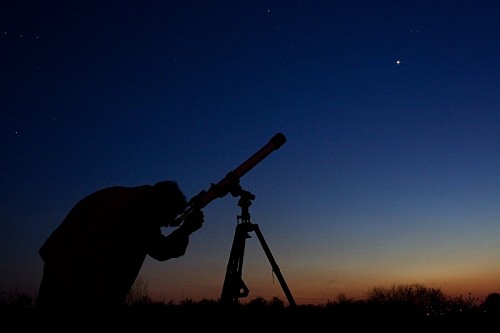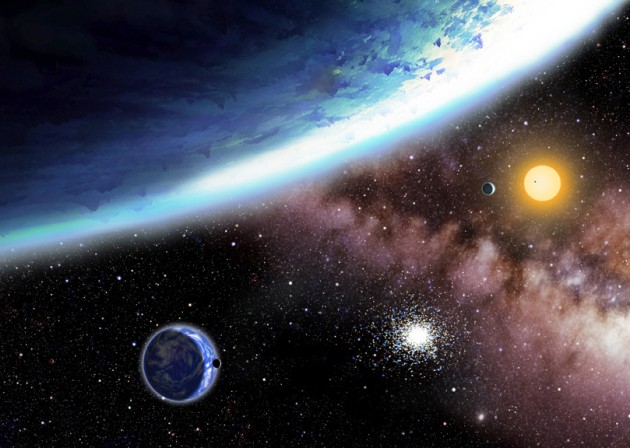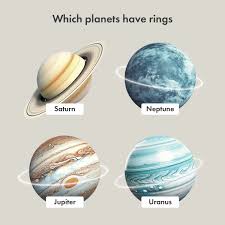Stamp: Spaceships and astronomers : Explorer 7 and Isaac Newtolilei (Yemen, Arab Republic 1969)
Spaceships and astronomers : Explorer 7 and Isaac Newtolilei (Yemen, Arab Republic 1969)
26 May (Yemen, Arab Republic ) within release Discoveries of universe goes into circulation Stamp Spaceships and astronomers : Explorer 7 and Isaac Newtolilei face value 10 Yemeni buqsha
| Stamp Spaceships and astronomers : Explorer 7 and Isaac Newtolilei in catalogues | |
|---|---|
| Michel: | Mi: YE-AR 909 |
| Yvert et Tellier: | Yt: YE-AR PA100B |
Stamp is square format.
Also in the issue Discoveries of universe:
- Stamp - Spaceships and astronomers : Vanguard 1 and Ptolemy face value ¼;
- Stamp - Spaceships and astronomers : Spoutnik 3 and Copernic face value ¼;
- Stamp - Spaceships and astronomers : Explorer 6 and Tycho Brahé face value 1/3;
- Stamp - Spaceships and astronomers : Vanguard 1 and Ptolemy face value ¼;
- Stamp - Spaceships and astronomers : Spoutnik 3 and Copernic face value ¼;
- Stamp - Spaceships and astronomers : Luna 1 and Michelangelo face value 1/3;
- Stamp - Spaceships and astronomers : Explorer 6 and Tycho Brahé face value 1/3;
- Stamp - Spaceships and astronomers : Luna 3 and Galileo Galilei face value 3;
- Stamp - Spaceships and astronomers : Luna 2 and Johannes Kepler face value 6;
- Stamp - Spaceships and astronomers : Explorer 7 and Isaac Newton face value 10;
- Stamp - Michelangelo - Italy face value 1/3;
- Stamp - Spaceships and astronomers: Luna II and Johannes Kepler face value 6;
- Souvenir Sheet - Apollo 8 face value 14;
- Stamp - Spaceships and astronomers : Explorer 7 and Isaac Newtolilei face value 10;
- Stamp - Spaceships and astronomers : Luna 3 and Galileo Galilei face value 3;
Stamp Spaceships and astronomers : Explorer 7 and Isaac Newtolilei it reflects the thematic directions:
An astronomer is a scientist in the field of astronomy who focuses their studies on a specific question or field outside the scope of Earth. They observe astronomical objects such as stars, planets, moons, comets and galaxies – in either observational (by analyzing the data) or theoretical astronomy. Examples of topics or fields astronomers study include planetary science, solar astronomy, the origin or evolution of stars, or the formation of galaxies. A related but distinct subject is physical cosmology, which studies the Universe as a whole
Astronomy is a natural science that studies celestial objects and the phenomena that occur in the cosmos. It uses mathematics, physics, and chemistry in order to explain their origin and their overall evolution. Objects of interest include planets, moons, stars, nebulae, galaxies, meteoroids, asteroids, and comets. Relevant phenomena include supernova explosions, gamma ray bursts, quasars, blazars, pulsars, and cosmic microwave background radiation. More generally, astronomy studies everything that originates beyond Earth's atmosphere. Cosmology is a branch of astronomy that studies the universe as a whole. .
A planet is a large, rounded astronomical body that is generally required to be in orbit around a star, stellar remnant, or brown dwarf, and is not one itself. The Solar System has eight planets by the most restrictive definition of the term: the terrestrial planets Mercury, Venus, Earth, and Mars, and the giant planets Jupiter, Saturn, Uranus, and Neptune. The best available theory of planet formation is the nebular hypothesis, which posits that an interstellar cloud collapses out of a nebula to create a young protostar orbited by a protoplanetary disk. Planets grow in this disk by the gradual accumulation of material driven by gravity, a process called accretion.
A satellite or artificial satellite is an object, typically a spacecraft, placed into orbit around a celestial body. They have a variety of uses, including communication relay, weather forecasting, navigation (GPS), broadcasting, scientific research, and Earth observation. Additional military uses are reconnaissance, early warning, signals intelligence and, potentially, weapon delivery. Other satellites include the final rocket stages that place satellites in orbit and formerly useful satellites that later become defunct.
A spacecraft is a vehicle that is designed to fly and operate in outer space. Spacecraft are used for a variety of purposes, including communications, Earth observation, meteorology, navigation, space colonization, planetary exploration, and transportation of humans and cargo. All spacecraft except single-stage-to-orbit vehicles cannot get into space on their own, and require a launch vehicle (carrier rocket).






